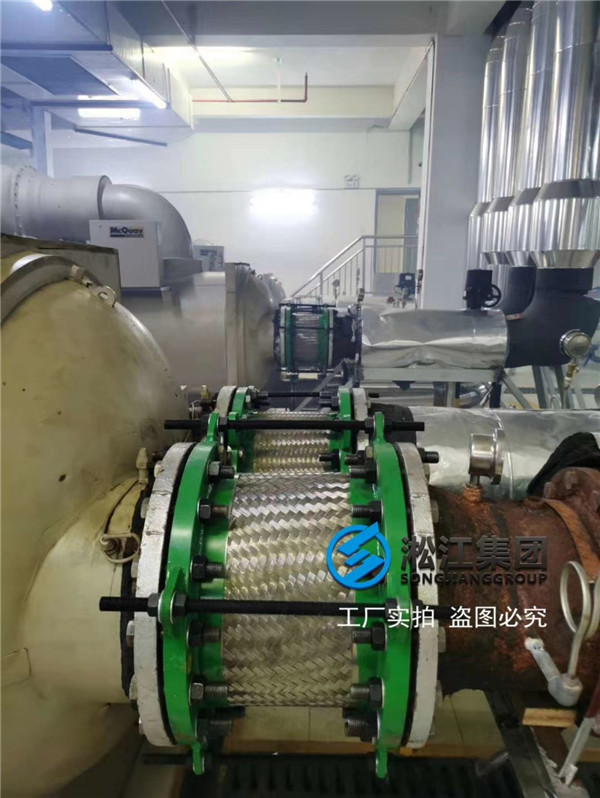Shanghai Songjiang’s technical department introduces how to properly use stainless steel metal hoses. Below are some simple instructions we have prepared for you. Typically, the issues encountered with stainless steel metal hoses on construction sites involve elongation, causing the hose to tear apart, exceeding the hose’s inherent length. To prevent this problem, it is necessary to add several tie rods on the metal hose to reinforce it.

Installation precautions for stainless steel metal hoses:
- The joints of stainless steel metal hoses on pipelines should be effectively fixed away from the other end of the vibration source to isolate and absorb vibrations.
- Effective protection should be provided for the corrugated pipe during welding operations at the construction site to prevent welding slag from splashing onto the corrugated pipe.
- Stainless steel flexible joints must be installed in a straight line and must not be bent or translated.
- After installation, the nuts and backup nuts on the tie rods should be tightened, and the tie rods and nuts should not be removed.
- The medium passing through should not be corrosive to the corrugated pipe material, and the chloride ion content in the medium should be ≤25 ppm.
- During installation, the product length can be adjusted appropriately using tie rods, and the adjustment amount should not exceed the specified value.
Usage precautions:
- When installing stainless steel metal hoses, prevent welding slag from splashing onto the hoses and prevent mechanical damage.
- Carefully understand the “Installation Correctness Illustration for Metal Hoses” and strictly follow the correct diagrams for installation and use.
- The corrugated pipe material of the metal hose is austenitic stainless steel with nickel and chromium. When using, prevent point corrosion of chloride ions, and the chloride ion content should not exceed 25 ppm.
- If flange connection is adopted, choose loose flanges at one end to prevent twisting of the metal hose and reduce the service life.
- For metal hoses carrying flammable and explosive dangerous goods, regular inspection and replacement should be carried out.
- When there are special requirements for metal hoses, such as high temperature, low temperature, high pressure, corrosion resistance, etc., users may request special materials, and we will manufacture them with special materials to meet customer satisfaction.
Related Link:JTW Stainless Steel Metal Hose










